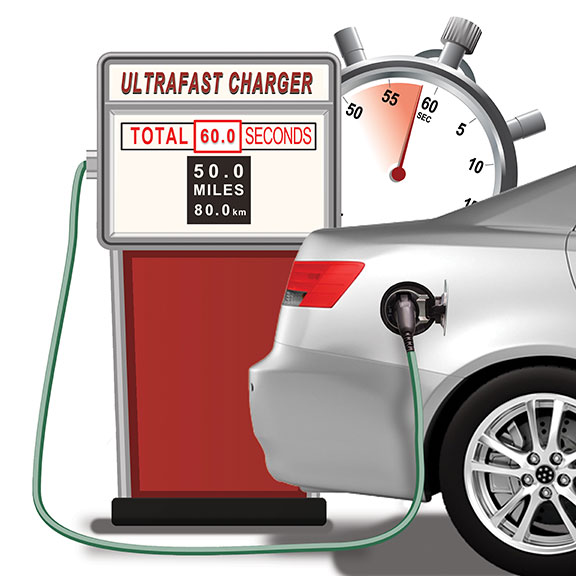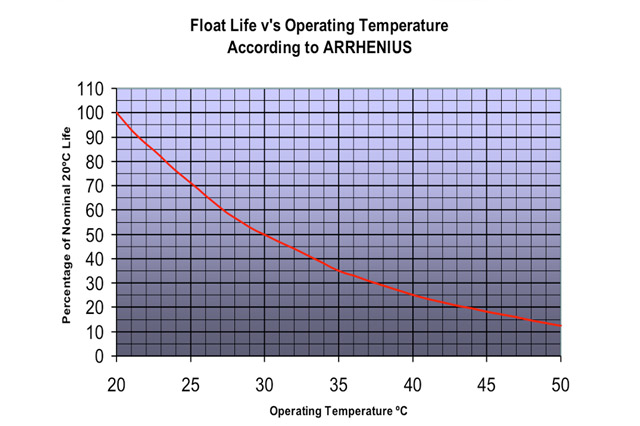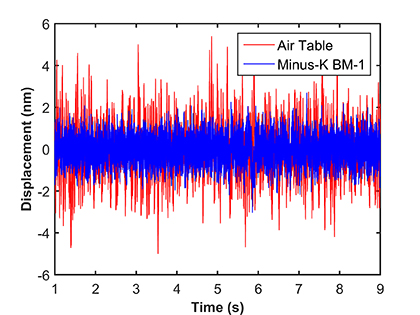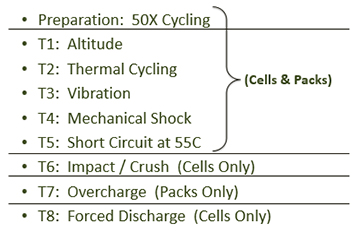Contributed commentary by David Lee, CEO, BioSolar
Dr. Sung-Jin Cho, Assistant Professor, Joint School of Nanoscience and Nanoengineering, North Carolina Agricultural and Technical State University
While there are many different battery technologies currently available and in use, the energy storage industry is focused mainly on advancing lithium-ion battery technology because of its overwhelming advantages over other types of batteries commercially available on the market. For instance, compared to other existing batteries, lithium-ion batteries have a substantially higher energy storage density that requires a smaller footprint. This structure minimizes the weight and size of the devices, and its “memoryless” nature makes it more suitable for use in hybrid vehicles that require constant charges and discharges of its batteries in stop and go traffic. It is also important to note that with a low self-discharge property, the battery’s stored electrical energy lasts longer. Though more substantial energy density improvement may be achievable by the so-called “beyond lithium-ion” batteries in the future, lithium-ion battery is expected to stay the mainstream battery chemistry for the next decade or maybe even longer. Read more about Seeking a Safer Future for Advanced Lithium-Ion Battery Technologies …












